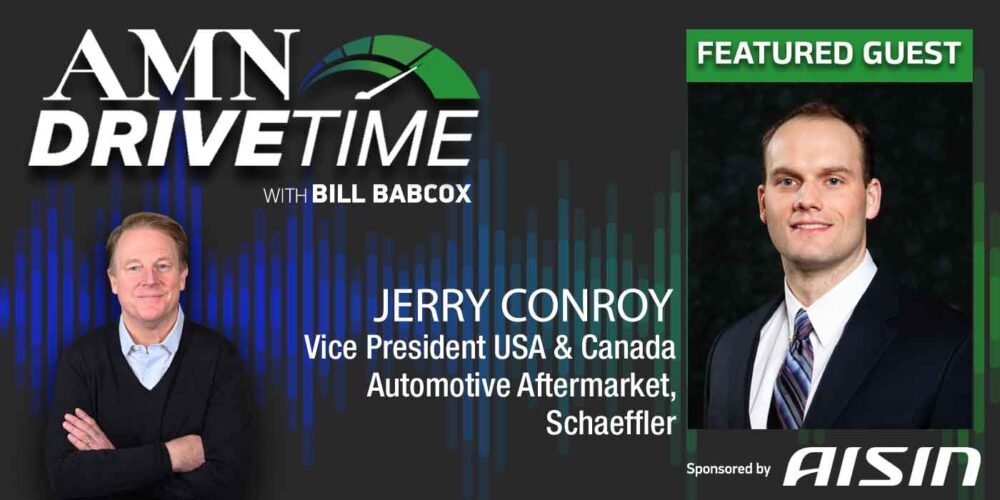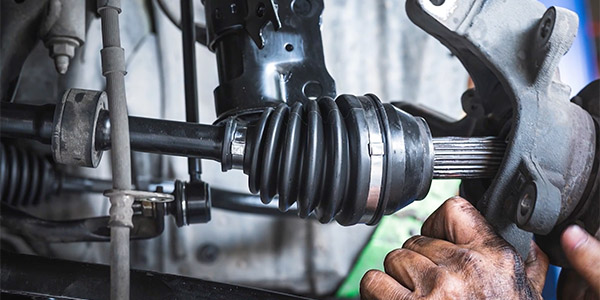CC:
Of all the services your shop offers. The simple oil change is often the most contentious. No matter what they drive, your customers may think that oil is oil. If it pours out of a bottle they recognize on the shelf in their father’s garage or an ad-on tv, it’s good enough for their car. The fact is the belief that they’re all the same can be shortsighted at best and detrimental to the life of the engine. At worst, modern engines are built to tighter tolerances, and as a result, they rely on specific oil pressures for maximum fuel economy or to support vital systems such as variable valve timing substituting a non recommended viscosity engine Oil can negatively affect fuel economy and emissions, and may actually accelerate wear on critical components. According to the American Petroleum Institute, there are five different groups of base oils used to make today’s motor oils based on the refining methods and the properties of the oil.
What is it universally understood is that synthetic and conventional motor oils both start out the same way as petroleum crude oil Synthetics are simply a more refined oil. The formulations created by chemists can be tailored to meet specific demands of performance cars, high mileage engines, or those that operate in extreme environmental conditions, often in the same bottle of oil. You may think that only high-end imports need to worry about premium lubrication. In reality, even with domestic vehicles, it all comes down to the OEM specifications. Oil formulations have evolved dramatically from just a few decades ago, so that bottle in the garage may no longer be appropriate. Oil technology has changed from petroleum based to full synthetic oils and formulations are more advanced than ever. Fortunately, the information needed to make an educated decision about what oil is right for your customer is readily available. You should make recommendations based on the owner’s manual or service information.
Although not every vehicle, European, Asian, or domestic is an ideal candidate for full synthetic oil, more and more consumers are recognizing the value of these oil formulations. In less than 10 years, the percentage of vehicles in operation using synthetics has jumped from 51% to 73%. Synthetic oils have become a mainstream consumer requirement, yet even when they begin to understand the importance of oil formulations, consider the oil filter. Although they may have a vague understanding of what a filter does and how it works, many of them have no idea what’s really inside the boxes they see on the shelves at their auto parts store. Today’s synthetic oils can offer longer oil change intervals provide high resistance to chemical breakdown and may be more cost effective. But failure to use the right filter will limit many of those benefits. The oil cleans the engine, but the filter cleans the oil.
Each oil filter is designed with specific attention to particulate removal, efficiency and dirt holding capacity. The compact synthetic filter media found in premium oil filters offers improved mechanical strength and excellent water, chemical and temperature resistance. Premium oil filters not only catch and remove even the smallest particulates, but are also able to better withstand complex chemical reactions between fuel components, combustion products, and motor oil. And with those extended oil changes, that’s more important now than ever, though most people consider themselves to be normal drivers. The majority of the vehicles on the road today actually operate under severe driving conditions involving traffic, traffic conditions, and the environment. Once they realize that normal doesn’t really mean easy, your customers will begin to understand the value the right service will offer to help them maintain their investment. When you’re setting up an oil change appointment with your customers, they may be surprised by your oil and filter recommendations explain what premium really means to the life of their vehicle. Thanks for watching.
This video is sponsored by Auto Value and Bumper to Bumper.













